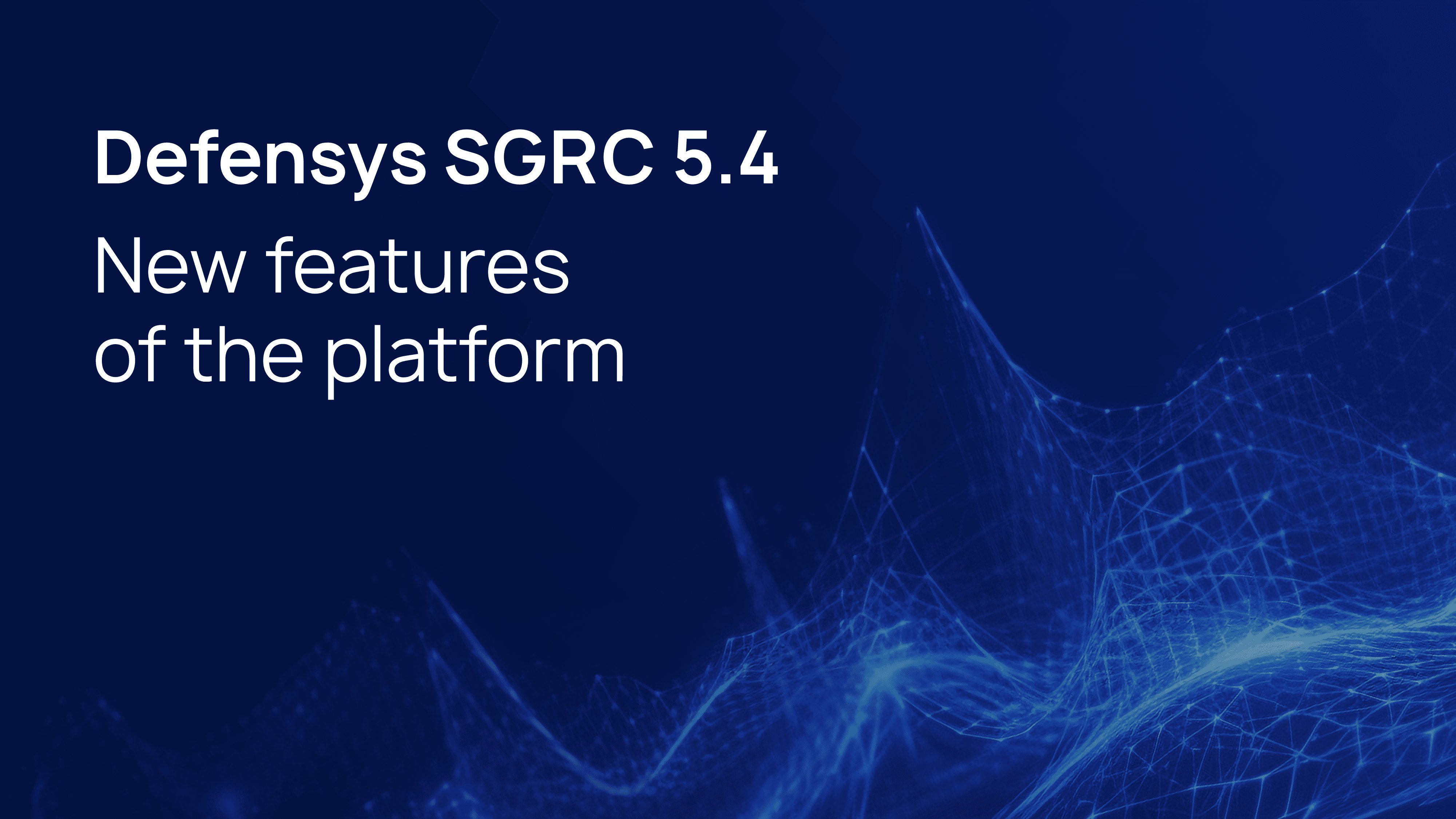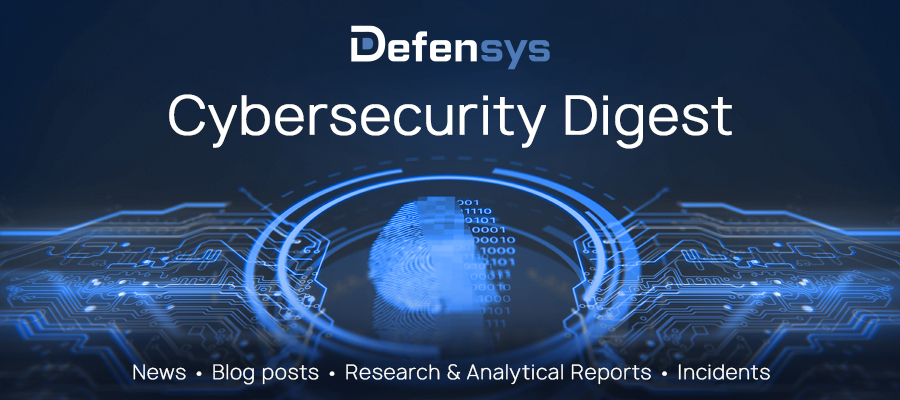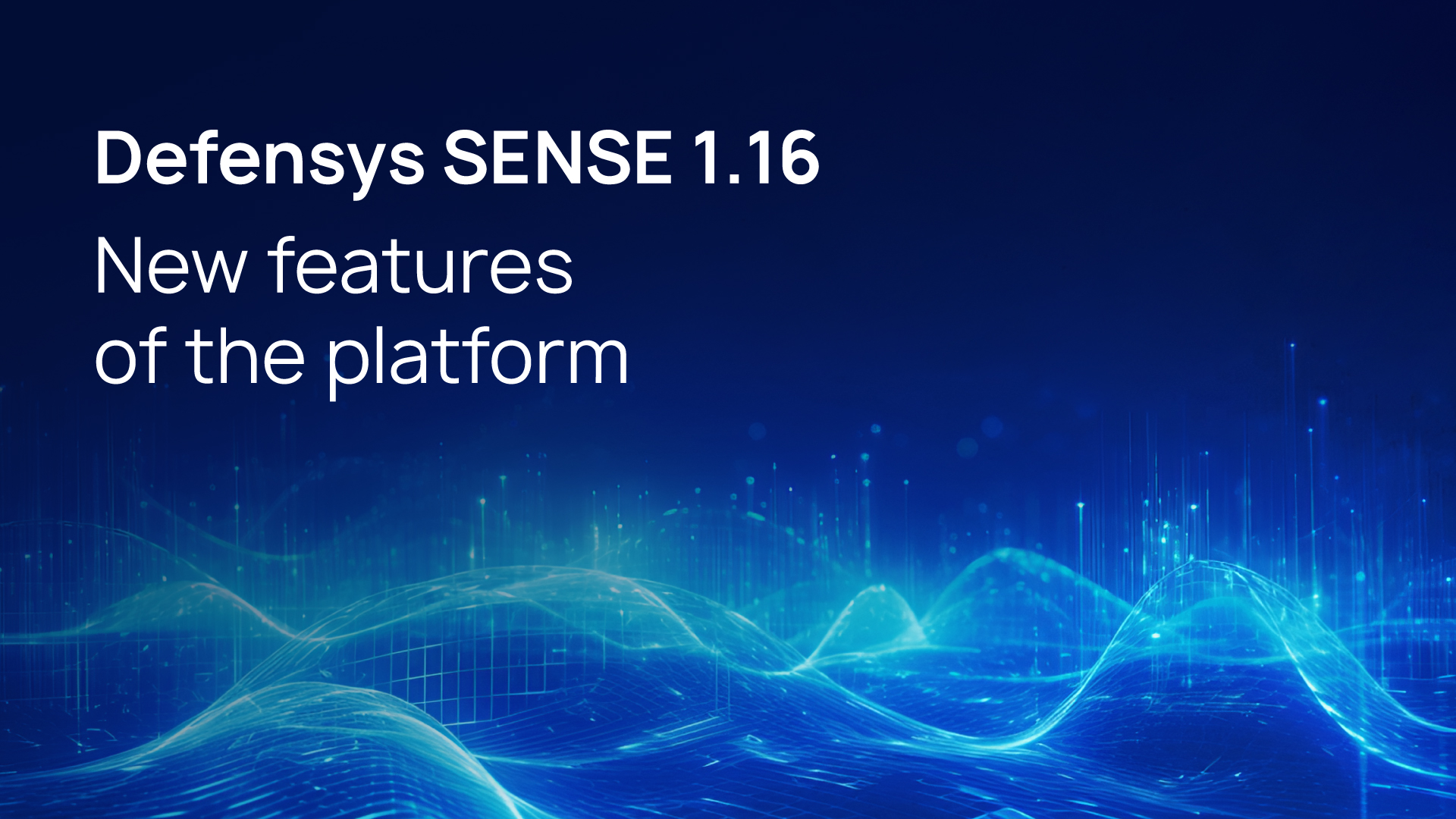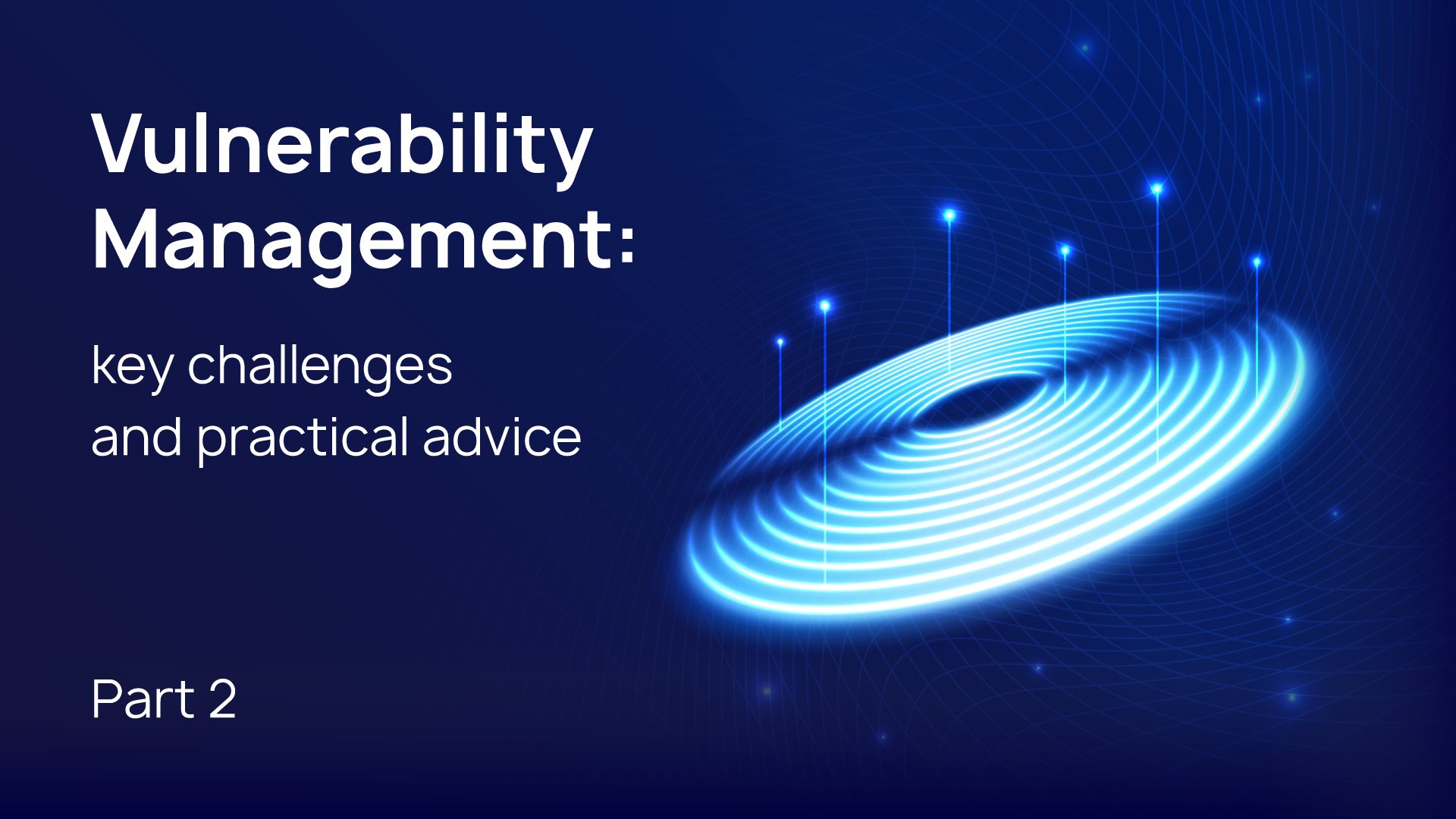Dear colleagues,
We are excited to announce that Defensys has released a new update of the Defensys SGRC Platform v. 5.4. Besides all the other features that will be highlighted soon, there is an update of the content base of the SGRC for our KSA customers and partners.
Beginning this month, Defensys SGRC includes the full set of 7 NCA controls, as well as the Guide to Essential Cybersecurity Controls implementation and Cybersecurity Toolkit, all readily available in the SGRC Documents library.
Furthermore, we are pleased to inform you that Defensys SGRC now supports SDAIA PDPL, which allows to launch compliance campaigns and assess how organization aligns with personal data protection requirements.
For more information on these enhancements, please do not hesitate to reach out to us.
Thank you for your continued support.




